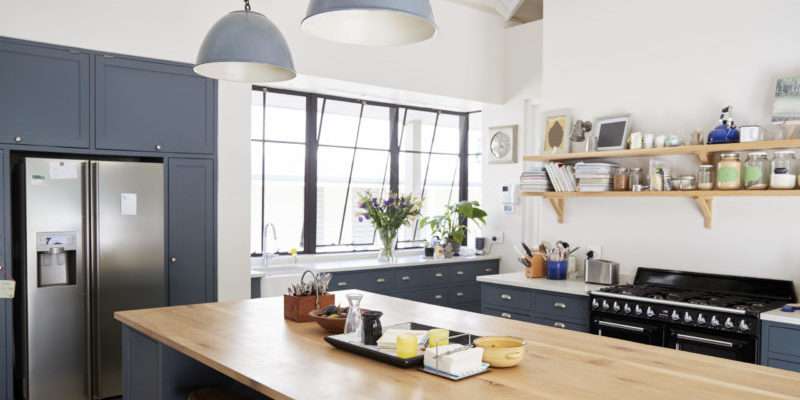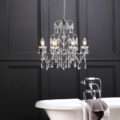As the hub of most homes, the kitchen hosts family dinners, parties with friends and day-to-day culinary genius.
With this room being the centre of activity, it’s important to consider kitchen lighting early on into the design process, so that you can create the right ambience for the space.
What is the best lighting for a kitchen?
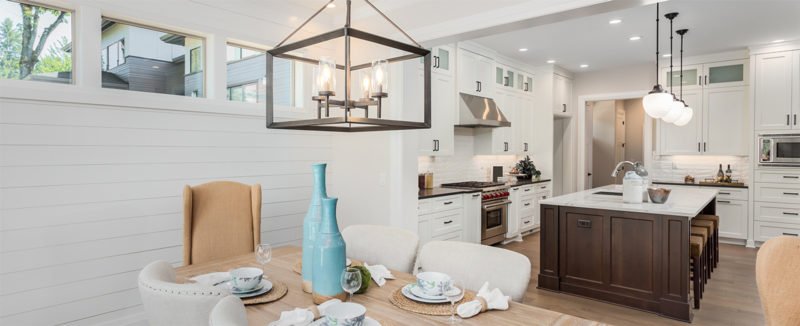
There are two key types of kitchen lights that will help to create a cosy and warm atmosphere, while also keeping the space functional and fit for purpose:
Task lighting is the best option for food preparation and cooking spaces. For example, brighter kitchen spotlights are a great way to illuminate your worktops, as are LED lights under cabinets and around hobs.
In addition to this, ambient kitchen light fittings are required to stop the space from feeling hostile. Kitchen pendant lighting above a dining area or island can be a brilliant way to create a warm glow when entertaining. Or, plinth lights can be used to instantly set the mood.
What colour lighting is best for kitchens?
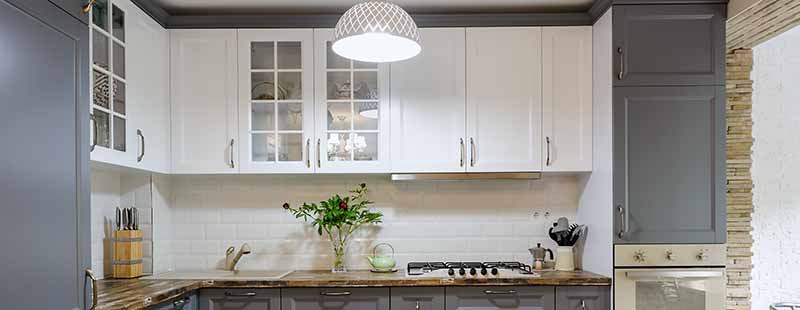
In terms of what colour light is best for your kitchen, this again can vary depending on the function of the light fitting.
For instance, cool white, or daylight bulbs are preferred for task lighting, as they really brighten up the worktop and create a practical space for day-to-day food preparation.
Warmer white bulbs work best for ambient kitchen light fixtures, as they create a more cosy feel that softens the functional atmosphere from the task lighting. And, for those wanting to entertain, colour-changing strip lights look great under cabinets for those late-night kitchen parties.
How do you design a kitchen lighting layout?

Before choosing your lighting, it’s important to work out how much light you need in your kitchen, which can be determined during the design process.
When designing your kitchen lighting layout, the best place to start is with the work spaces. In order to have a functional kitchen, you need to make sure that all worktops and cookers are well-lit.
Once you have established the placement of all task lighting, the next step would be then to consider where you will be likely to dine or entertain to introduce atmospheric lighting. This is a great stage to look at kitchen island lighting or more decorative ceiling lights.
Finally, once the task and ambient lighting is in place, you can look at any accent spaces you would like to highlight. For example, recessed lights in the kitchen can draw the eye to any focal points, like shelving or bookcases.
How to install kitchen cabinet lighting?
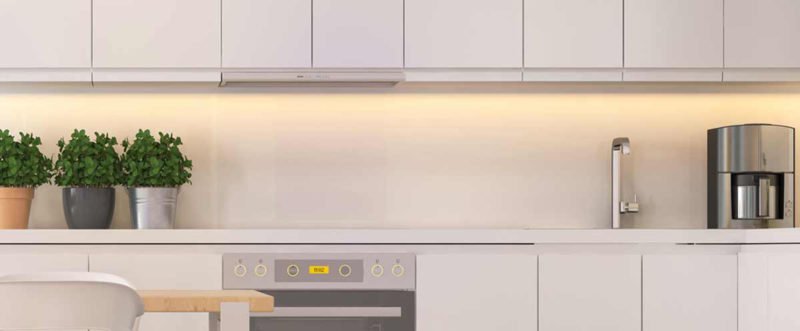
Lots of kitchen under cabinet lighting will require wiring in, which, for those with experience with electrical tasks, can be performed yourself. However, for others this may require assistance from a qualified electrician.
A great way around this is to install rechargeable LED under cabinet lights. With magnetic mounting clips and linkable ports, these motion-sensor lights are great for DIYers looking to fit LED lights under their kitchen units. These lights can also be used to illuminate the inside of kitchen cabinets or drawers.
How to fit LED strip lights in the kitchen?
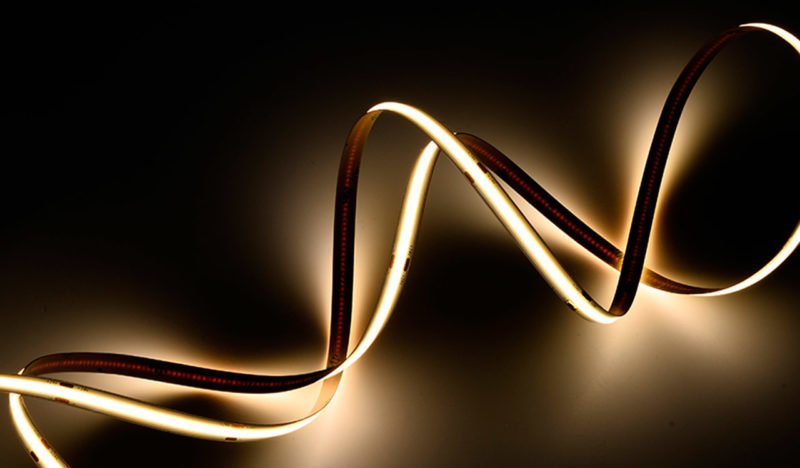
LED strip lights have a variety of uses in the kitchen, such as inside or underneath cabinets, kitchen plinths, or behind a TVs. On top of this, LED strip lights are extremely cost-effective, so these may become a common feature in your kitchen.
To install strip lights in your kitchen cabinets, or along any other surface you must:
- Measure the length of the space to ensure you buy the right amount of strip lighting.
- Clean and dry your cabinets or surface so that the strip lighting can stick.
- Re-measure and cut the strip lights to the desired length – there is usually a marker of where to cut.
- Tear off the tap and stick the LED strip lights to the chosen surface
- Connect the lights to the power adapter, power lead and plug provided
- Finally, plug the strip lighting in, switch it on and you are good to go!
Conclusion
Choosing the right lighting for your kitchen is critical to the overall feel of your space, so whether you’re looking for kitchen ceiling lights, pendant lights or downlights, you can never start planning your lighting layout too soon.
For more kitchen lighting ideas, check out our full range of kitchen lighting here.
Or, if you’re experiencing issues with your current fixtures, have a read of our blog to find out why your kitchen lights flicker.
